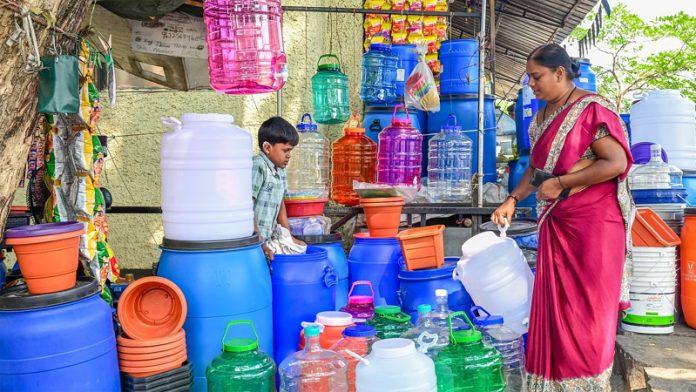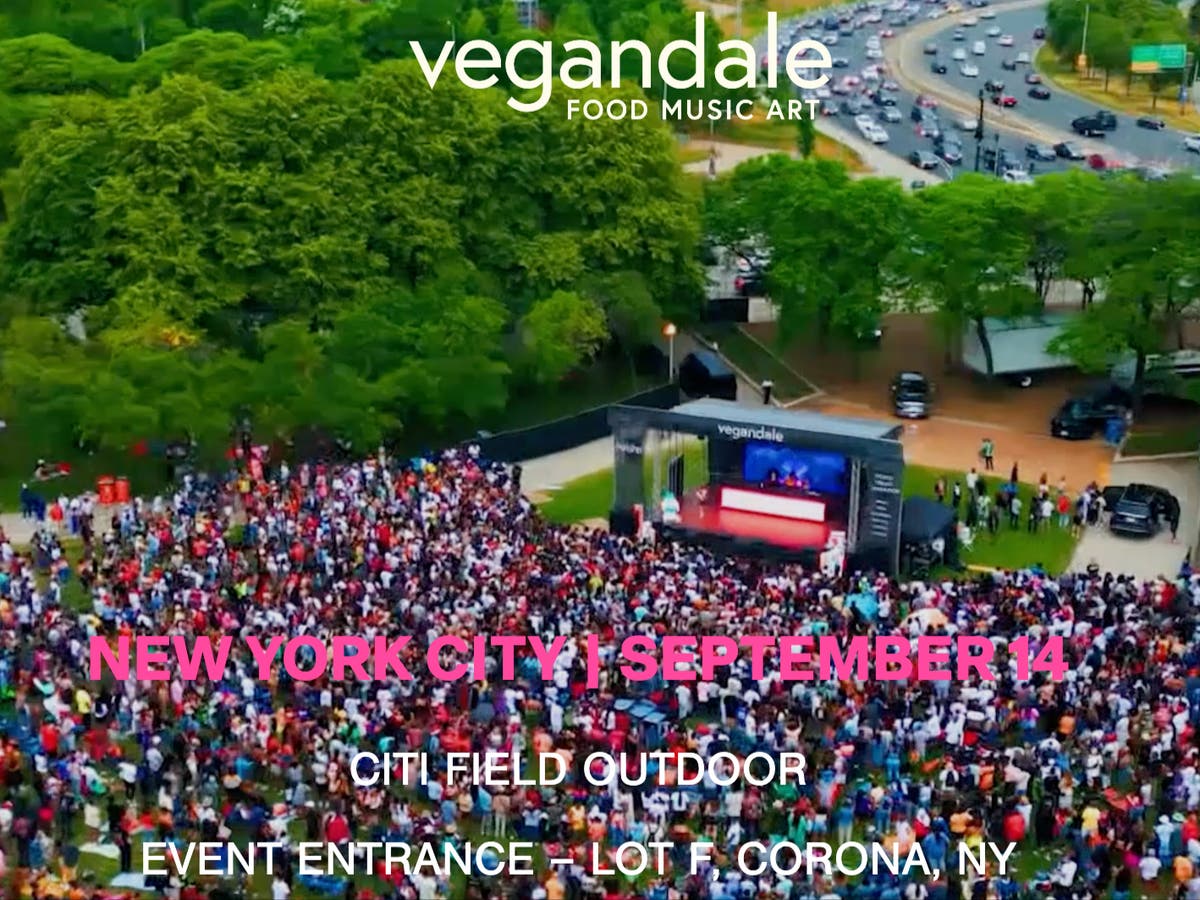In June, U.S. surgeon general, Dr.
Vivek Murthy published an op-ed in the New York Times recommending warning labels be placed on social media sites, warning users of the “significant mental health harms for adolescents” associated with using these platforms and stating that these sites are driving a teen mental health crisis. “One of the most important lessons I learned in medical school was that in an emergency, you don’t have the luxury to wait for perfect information. You assess the available facts, you use your best judgment, and you act quickly,” he wrote.

Teens today spend a significant amount of their time online. Over 51% say they spend at least 4 hours a day using social media, according to a 2023 Gallup survey , and nearly 1 in 5 say they use Youtube or Tik Tok almost constantly. Latino youth use social media the most, with 1 in 3 Latino teens on Tik Tok constantly, according to Pew Research Center in December.
Last year, an Amnesty International report said their research found that after 5 to 6 hours on the app, almost 1 in 2 videos shown were related to mental health and potentially harmful. While there are benefits of social media usage including building connections, a sense of community, and a space for self expression , experts warn that the cons outweigh the pros. “Imagine if all of your socialization, instead of having happened in the schoolyard or playing soccer or volleyball with your friends, had happened on Facebook or Fortnite .
Your perception of how to interact, how to work, how to socialize, would be very different and very inaccurate of how humans interact in real life, and we’re letting kids be exposed to that without any kind of safeguards,” Agustin Rossi, director of responsible tech at Omidyar Network , who worked on a 2023 study on Latino social media and mental health . According to the study, 33% of Latino parents said their child between the ages of 10 and 18 used social media almost constantly, with 38% saying they use it for several hours a day. Research has linked heavy use of social media to negative health effects like anxiety and low-self esteem.
With Latino teens using social media at higher rates than their peers, they are especially susceptible to exposure to harmful content, and parents are concerned. According to a Brookings analysis of the Omidyar survey, asking if a warning label from the surgeon general would cause Latino parents to limit or monitor their kids social media use, 76% said yes. This isn’t the first time Murthy has shown concern for social media.
Last year he issued an advisory report calling the effects of social media on youth mental health an urgent public health issue, citing several reports including a 2022 Northwestern University study of U.S. adolescents aged 12 to 15 found that those who spent more than three hours on social media a day were twice at risk of experiencing depression or anxiety than their peers.
The Latino community in particular is more susceptible to the negative mental health effects of social media usage, as both Latino youth and adults spend more time online than their peers. Social media is a main source of information for many Latinos, with 57% saying they get their news from social media, compared to only 15% of whites who do. Of those who consume news in Spanish, 74% say they get their news from social media, according to a 2024 report by New York University’s the Center for Social Media and Politics.
This leaves the community more susceptible to mis and disinformation , as observed in the 2020 election when a pro-Trump ad falsely labeling Biden as a socialist, aimed at Latinos , reached over 1.5 million people on Facebook, according to Vox . Facebook has been accused of not doing enough to protect minority groups.
In 2021, the Guardian reported that former Facebook employee and whistleblower Frances Haugen told Congress that 87% of Facebook’s budget to fight misinformation is spent on English content, even though only 9% of users are English speakers. “We know that companies invest the overwhelming majority of their trust and safety resources in content that is in English,” said Rossi. “And it disproportionately affects Latino families because Latinos happen to use social media more than any other group in the country.
” The 2023 Omidyar Network survey found that Latino parents recognize the risks their children are facing, with 44% expressing extreme concern. Per the study, 72% of parents say they would support policy that strengthens safety standards by better protecting children’s privacy on social media, and 65% would support policy that requires tech companies to be more transparent on the impact their products can have on children. “I am surprised by the level of support for new safety standards for social media companies that we see in Latino communities,” Rossi said.
“I think that’s an indication that there’s something broken when consumers want something so bad, and they’re not getting it.” Teen angst and moodiness can be expected through developmental years , but researchers say that young people now are living through very different experiences than generations before. Gen Z is the first to be chronically online, growing up with smartphones, tablets, and smart TVs as normal household items.
Social psychologist Jonathan Haidt and author of The Anxious Generation: How the Great Rewiring of Childhood Is Causing an Epidemic of Mental Illness , argues that adolescent life changed in 2015. “In 2010, almost everyone had a flip phone. They had no Instagram account because it was just invented that year.
They had no high-speed data, no high-speed internet, and they had to pay for their internet usage. They had to pay for each text. So a 13- or 14-year-old kid in the year 2010 was not online all day long,” Haidt told Politico in March.
This was further emphasized by the pandemic , which caused youth to socialize and attend school online through some of their formative years. A 2021 Pew Research report found that 72% of parents of children in grades K-12 said their kids were spending more time on screens compared with before the outbreak. “I think the big difference is that millennials are the last generation that had a childhood without social media and iphones, so even though millennials, boomers, Gen X, etcetera may also suffer from the anxiety-inducing effects of Instagram, for example, but our brains [formed] and our socialization happened before this,” said Rossi.
According to several reports, the result of being constantly connected is a sense of loneliness. A 2024 Ballard Brief says that adolescents who use social media more often feel more lonely than those who don’t. “Spending time with people releases certain chemicals in the brain and boosts our mood.
“Those things don’t happen in the same way when you’re texting,” Bonnie Nagel, a behavioral neuroscientist at Oregon Health & Science University , told Axios . “And those types of hormones are really important for wellbeing.” Haidt says that while parents have the primary duty to monitor their kids’ usage, they can’t do it alone, calling on Congress and Silicon Valley to step in.
“The situation is just as if we said the drinking age is 21, and it’s the parents’ responsibility to enforce this because you can’t expect bars and casinos and strip clubs to check IDs. That’s obviously absurd,” Haidt said . “If your child can get to a computer that is connected to the internet, they can open as many Instagram and TikTok accounts as they want.
You’ll never know. Parents are in an impossible situation.”.



















